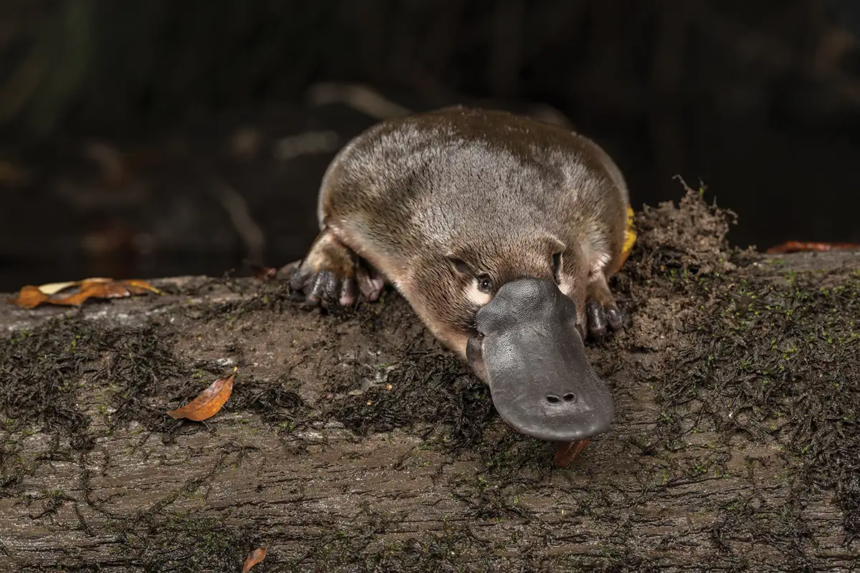The Platypus : Explore the distinctive anatomical traits that classify the platypus as a mammal. Uncover the marvels of nature’s design in the platypus and understand why it’s classified as a mammal.
The Platypus : Introduction
In the annals of zoology, few creatures have captivated the human imagination as thoroughly as the platypus. Discovered in the late 18th century by the esteemed zoologist George Shaw, this enigmatic Australian mammal defied conventional classification and left the scientific community perplexed. With a peculiar combination of features such as a duck-like bill, webbed feet, egg-laying tendencies, and the ability to produce venom, the platypus was indeed a mystery in the world of mammals.
ALSO READ : Eurasian Magpie : Unveiling The Avian Genius

Platypus: Not Your Typical Mammal
Distinctive characteristics
Bill and Tail
Nestled in the freshwater habitats of Australia, platypuses are small, furry mammals distinguished by their unique features. The platypus boasts a distinctive bill and a beaverlike tail, setting it apart from other mammals in its class.
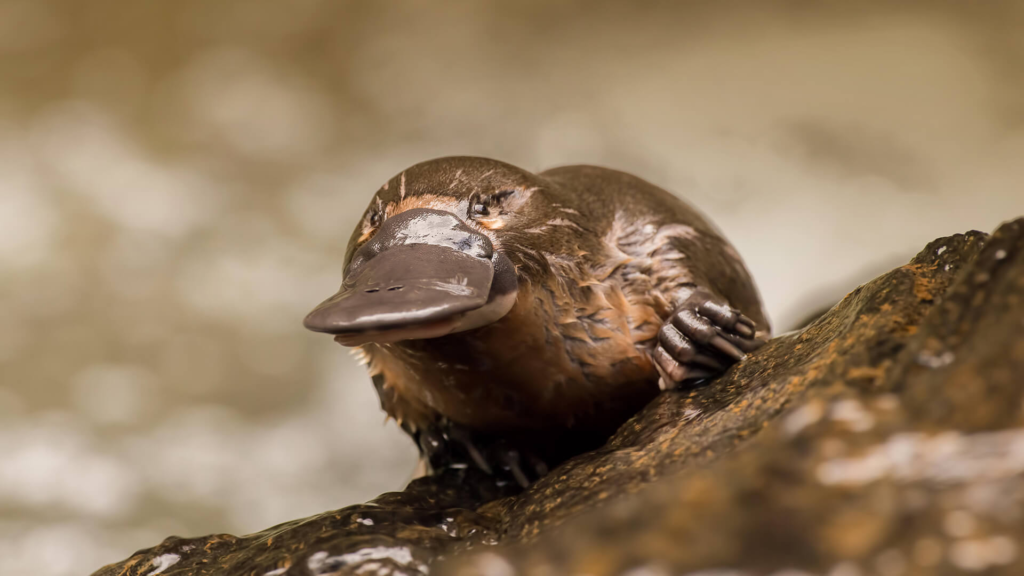
Unconventional reproduction
The classification of the platypus as a mammal is not immediately apparent due to its unconventional reproductive methods. While the majority of mammals opt for live birth, the platypus lays eggs, a rarity among its mammalian counterparts. Female platypuses, unlike their mammalian counterparts, lack teats and instead secrete milk through their skin, challenging traditional notions of mammalian nursing.
Venom production
Adding to its mystique, the platypus is one of the few mammals equipped with venom. This venom, though reminiscent of that found in some reptiles, is a product of convergent evolution, showcasing the platypus’s unique adaptation to its environment.
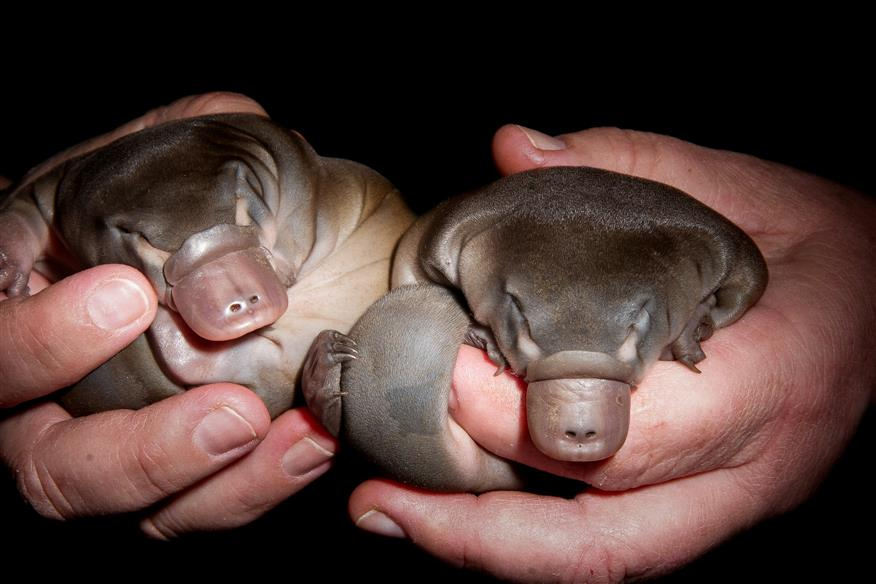
Evolutionary history
Monotremes : A distinct lineage
To understand the platypus, one must delve into its evolutionary history as a monotreme. Monotremes, a group of five extant mammals, broke away from the mainstream mammalian lineage around 166 million years ago. This evolutionary departure occurred earlier than the divergence of marsupials and placental mammals, contributing to the platypus’s display of early mammalian features akin to reptilian physiology.
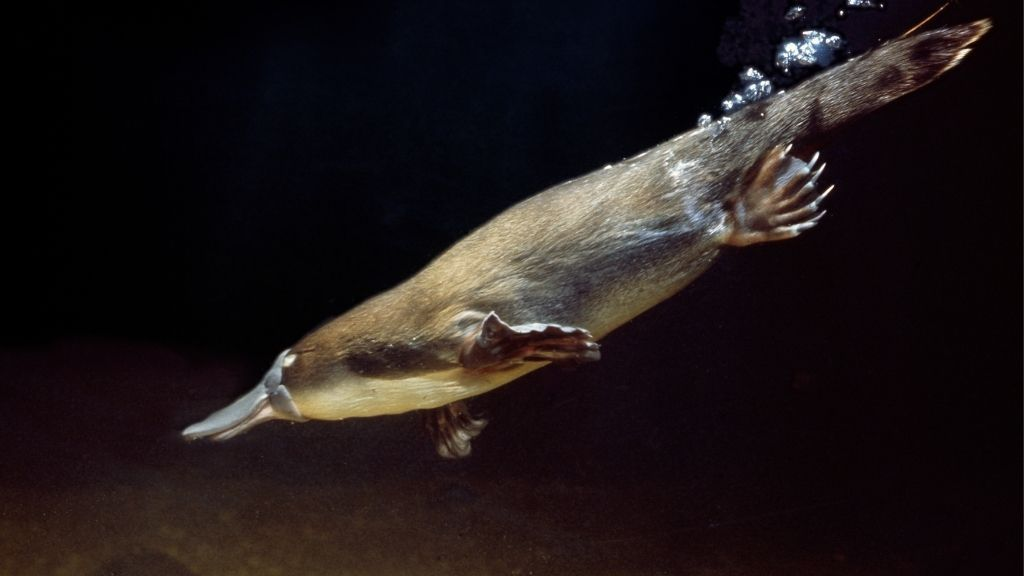
Shared ancestry
Despite the platypus’s closer association with reptiles in terms of evolutionary history, it has evolved independently in many aspects. The bill, often compared to that of a duck, is not genetically linked to birds but is instead a remarkable organ filled with electroreceptors, aiding the platypus in underwater navigation.
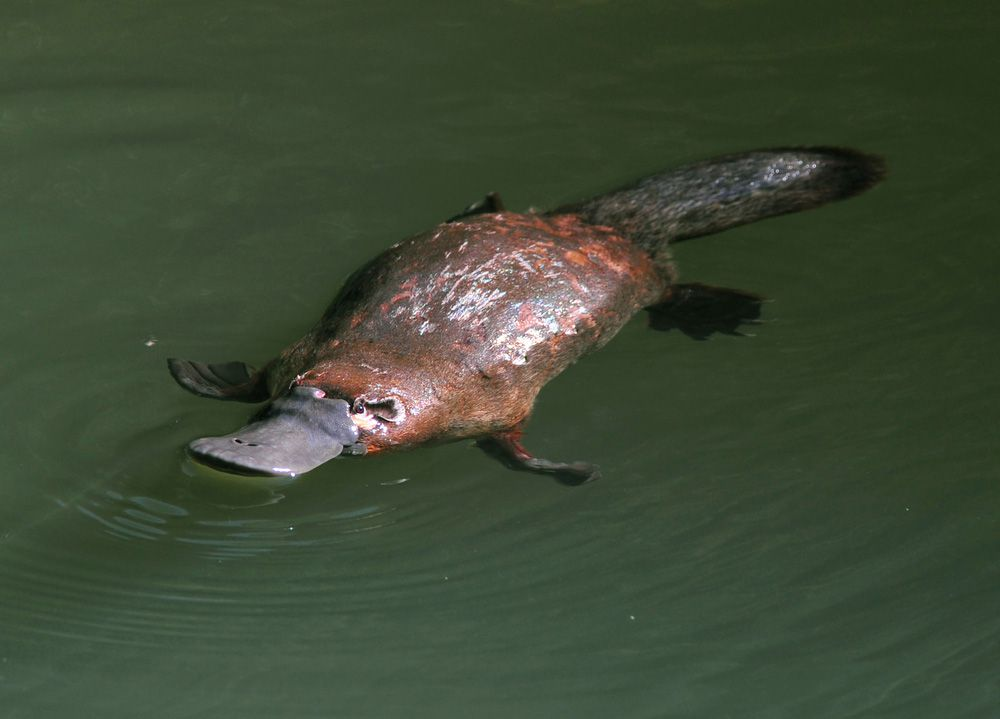
Convergent evolution : The bill and venom
Bill’s electroreceptors
The platypus’s bill, resembling that of a duck but with a softer and specialized morphology, serves a unique purpose. Filled with electroreceptors, it enables the platypus to navigate underwater without relying on sight, showcasing nature’s ingenuity in adapting to diverse environments.
Venomous adaptation
While the platypus’s venom may draw parallels to reptilian toxins, it is a result of convergent evolution. The platypus independently developed this trait as a survival mechanism, emphasizing its ability to adapt and thrive in its ecological niche.
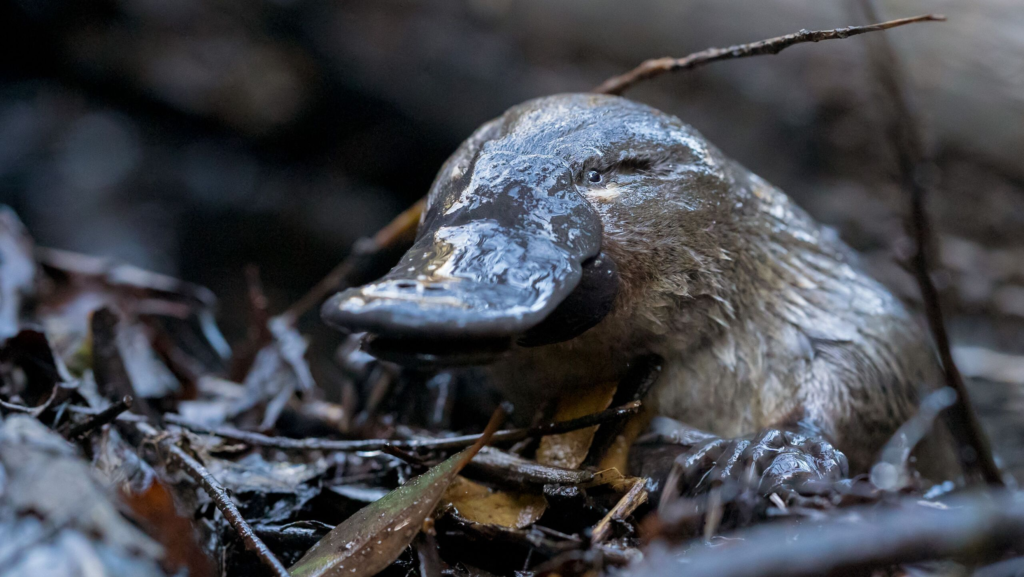
Insights into evolutionary history
Monotreme’s unique features
Lower body temperature
One of the echoes of its early mammalian features is the platypus’s lower body temperature, a characteristic it shares with reptilian ancestors. This deviation from the standard mammalian temperature hints at the diverse paths evolution can take, even within the same class of animals.
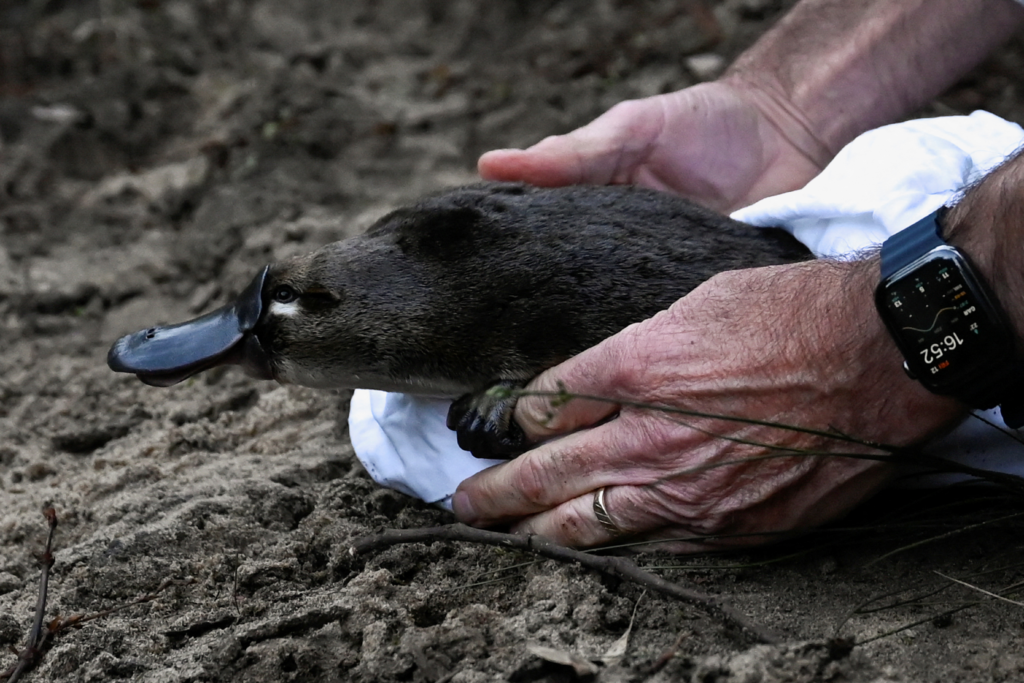
Lack of teats
Another departure from typical mammalian anatomy is the absence of teats in female platypuses. Instead of the traditional nursing method, they secrete milk through their skin, offering a glimpse into the varied ways in which mammals can nurture their young.
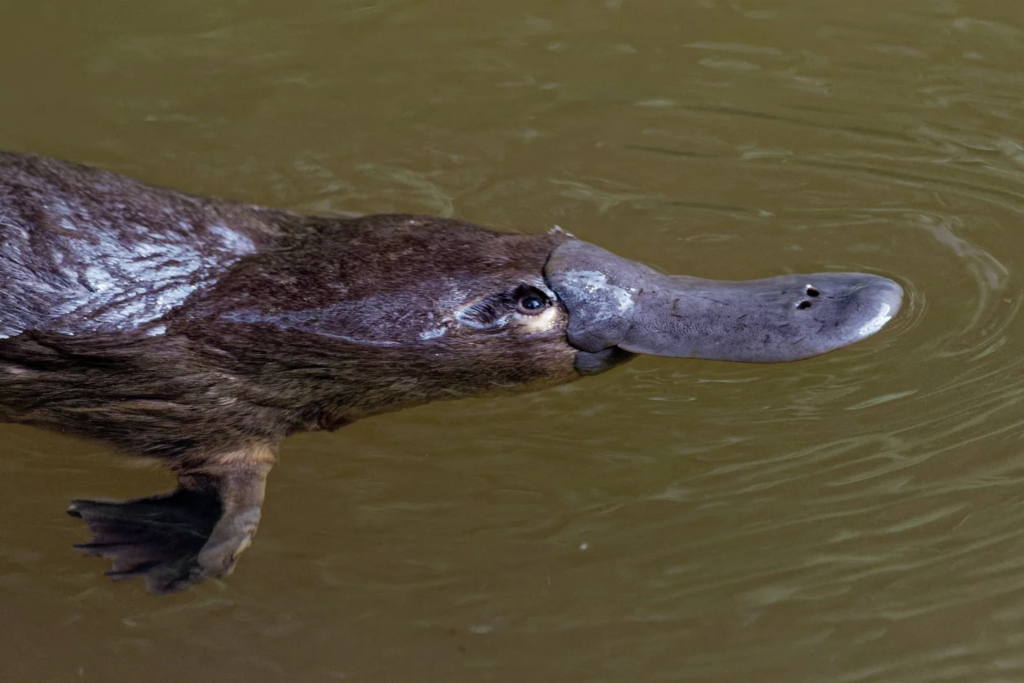
Conclusion : A marvel of evolution
In conclusion, the platypus stands as a testament to the wonders of evolution. Far from being a mere amalgamation of disparate animal parts, it offers profound insights into the early stages of mammalian development. The platypus’s existence challenges preconceived notions, reminding us that nature’s creativity knows no bounds.
To explore more news : Click Here
ALSO READ : 9 Of The World’s Deadliest Snakes : A Closer Look At Nature’s Most Dangerous Predators







